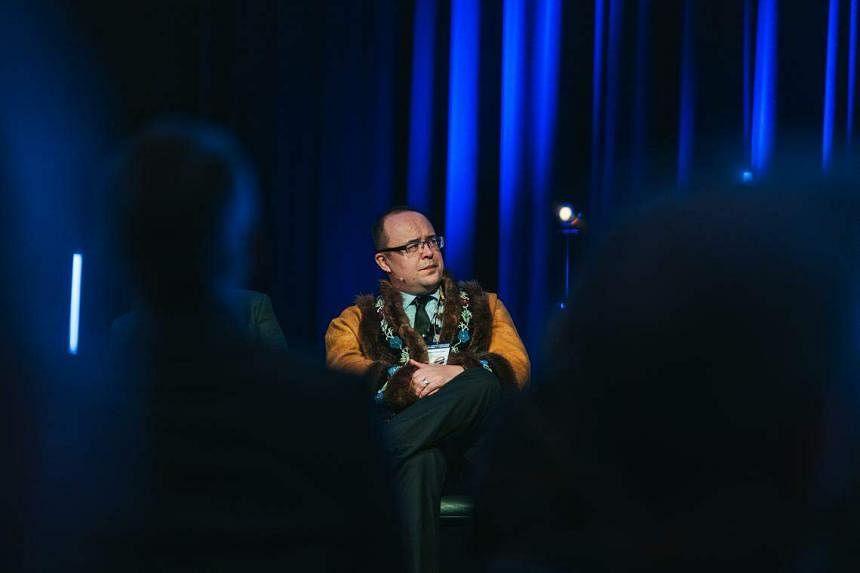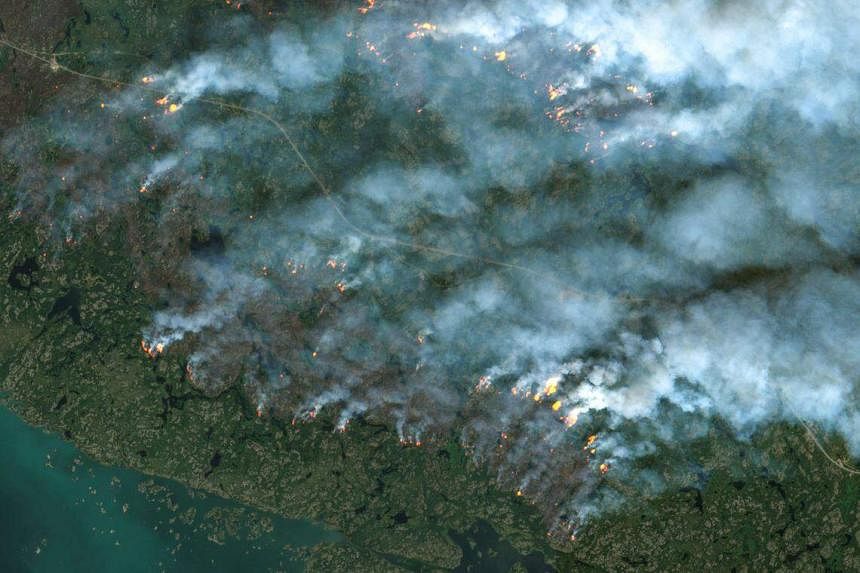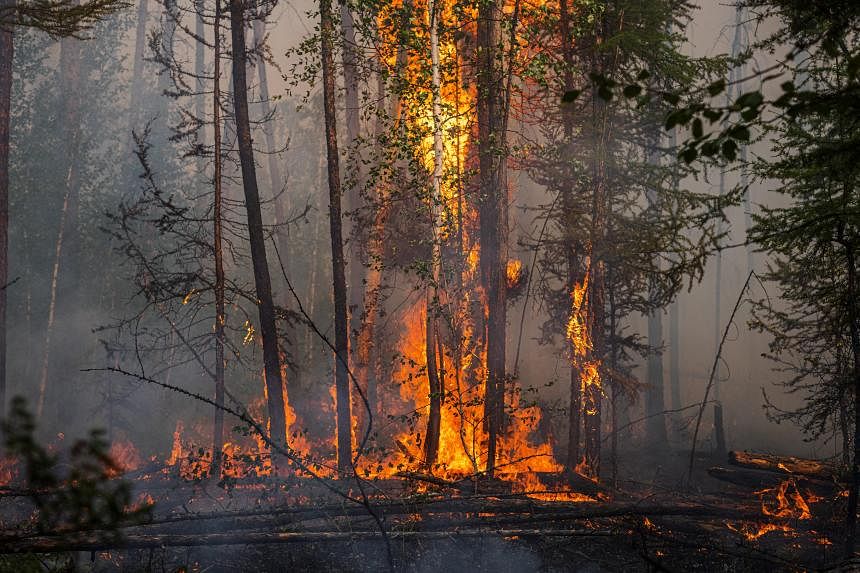SINGAPORE – For the Gwich’in indigenous people of northern Alaska and Canada, fire keeps them warm during the cold snaps and is central to their culture, language and way of life.
In the past, fire was also used to renew the landscape, said Mr Edward Alexander, co-chair of Gwich’in Council International, an organisation that represents 9,000 Gwich’in people.
Growing up, he saw the elders in his community in Alaska set grassland and meadows on fire in springtime, when snow still coated the forest, as part of a cultural burning practice. Such fires fended off harmful bugs, made the forests more liveable for migratory birds, and prevented uncontrollable wildfires.
He was speaking at an indigenous people’s forum on Jan 30 at the annual Arctic Frontiers conference in Tromso, Norway.
At the forum, indigenous groups said they want to revive their centuries-long cultural burning practice to tame the flammable forests.

Boreal forests stretching across the Arctic are among the largest vegetation on the planet, and underneath them lies a frozen giant awakening from its slumber – the permafrost. This frozen soil has been thawing amid a warming Arctic, and it stores at least twice the amount of carbon that is already in the earth’s atmosphere.
Mr Alexander said: “Wildland fires in the Arctic should matter to everybody. The greenhouse gases underneath that soil should matter to everybody.”
Lightning around the North Pole – a rare phenomenon in the past – has been striking more frequently now, increasing the risk of fires. In 2021, the Arctic recorded more than 7,200 lightning events, nearly double the number recorded in the previous nine years combined.
The 2023 summer fire season was particularly damaging to the Northwest Territories of Canada, where severe to extreme drought led to deep fires that were difficult to contain. More than 300 fires scorched over 4 million ha of land.
“In August 2023, nearly 70 per cent of the Northwest Territories’ population was evacuated including in Yellowknife, the capital city,” said Mr Herb Nakimayak from the Inuit Circumpolar Council Canada, in a televised recording at another panel discussion focused on indigenous communities on Feb 1.
“The impacts of these fires in 2023 are an example of what could possibly happen in 2024,” he warned.
The Jan 30 forum was among the first events by the new Wildland Fires Initiative, led by the Arctic Council and Gwich’in Council International. The initiative, launched in October 2023, builds on both bodies’ existing and previous efforts to tackle fires. Priority will be on identifying knowledge gaps and best practices to prevent fires, and tracking the impact of black carbon and methane emissions, among other things.
Mr Alexander, who is also co-lead of the Wildland Fires Initiative, said: “You can have an early spring heatwave... The forest is dry, and if lightning comes down, the forest ignites and burns across the landscape until it comes to the area where we’ve done a cultural burn. And then now we have a fire break that was already built into the land.
“We need to restore this practice.”

According to a 2022 paper published in the Canadian science journal Facets, cultural burning can significantly reduce wildfire risk by lessening fuel loads, but it has been outlawed, devalued and misunderstood by wildfire management agencies.
Mr Gary Harrison, chairman of the Chickaloon Native Village in Alaska and one of the panellists at the forum, said: “When we want to go and burn the grasslands, (the authorities) turn you in and they give you a ticket. They give you jail time sometimes.”
He added: “One of the things that need to be done is education. We need to have our governments look at some of the practices and maybe take them up.”
Ms Solveig Rossebo, a senior Arctic official at the Norwegian Ministry of Foreign Affairs, told The Straits Times: “The indigenous people in some countries have been estranged from their old traditional livelihoods. They need an understanding in the societies where they live for them to go on with their proven methods.”
Correction note: This story has been updated for clarity.


